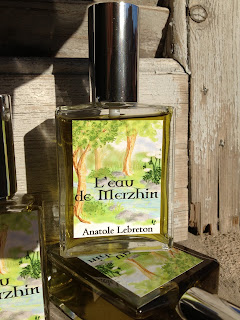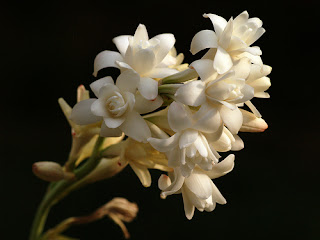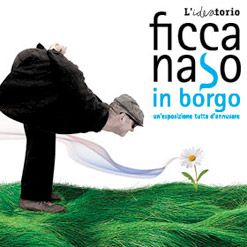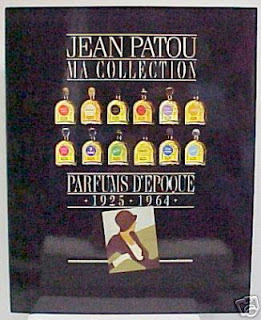Atelier di Composizione / Composition Atelier
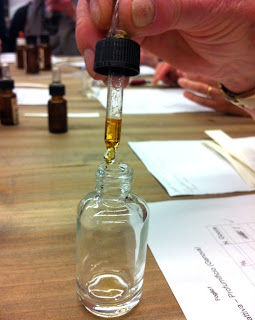
Sabato scorso si è svolto il secondo Atelier di Composizione Olfattiva al Profumificio di Genova. Gli otto partecipanti (per ragioni logistiche non possiamo prenotare più di otto persone) si sono cimentati nella composizione di una fragranza a scelta tra gourmand e speziata. Per me è stato un piacere trascorrere un pomeriggio insieme a loro, e accompagnarle in un percorso creativo-intimista che ha prodotto otto fragranze particolari: qualcuna più ludica e divertente, altre essenziali e luminose, altre decisamente "strane" . Vi posto qualche foto per condividere l'atmosfera di concentrazione e passione che si è respirata sabato. La prossima -e ultima- data è il 25 maggio! ---- Last Saturday, the second Composition Atelier has taken place at Profumificio in Genova. Eight participants have had the chance to compose their own scent. Here you have some pics, I hope they'll succeed in conveying the focused and extremely creative mood of the whole afternoon, which ga
